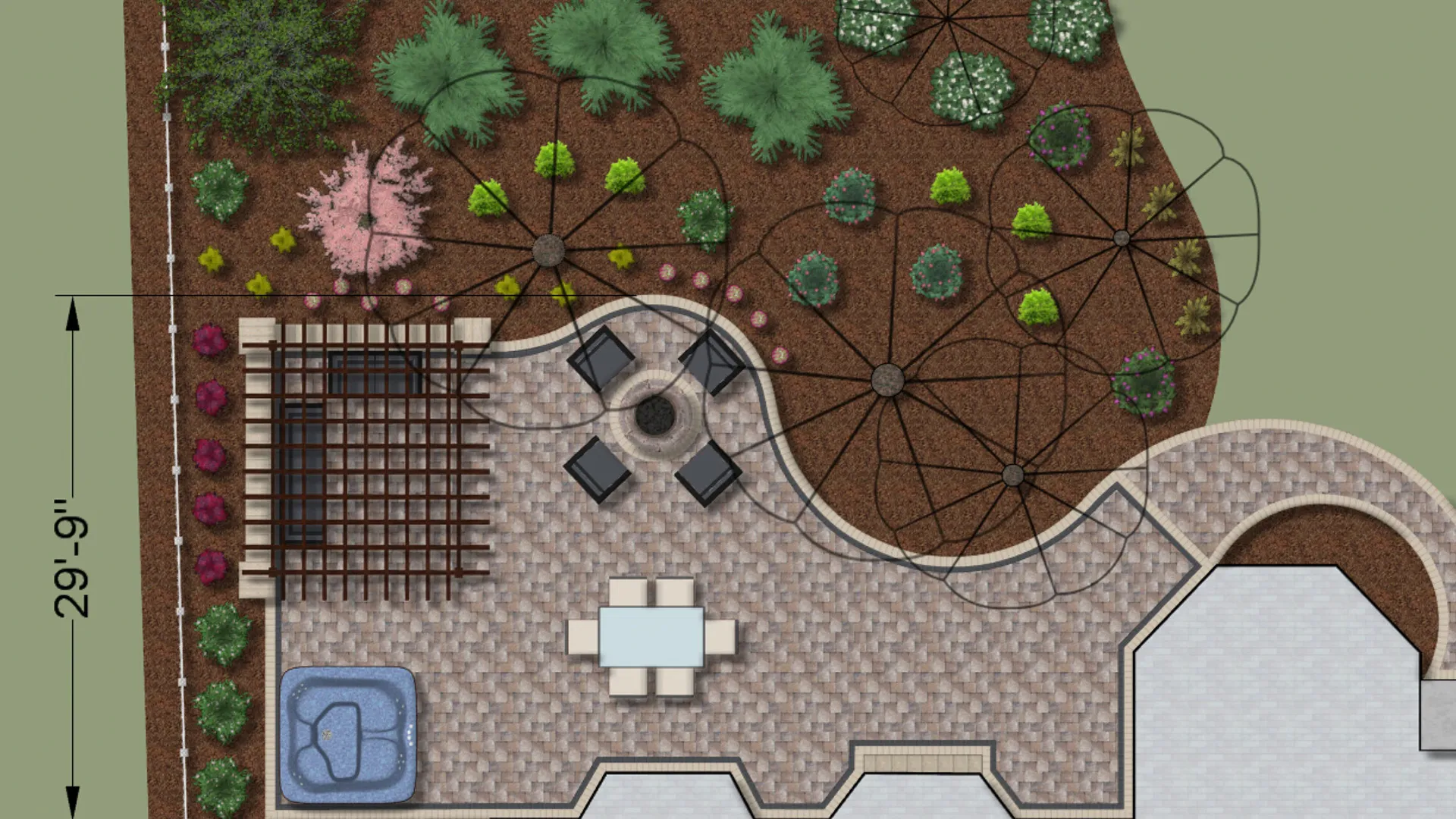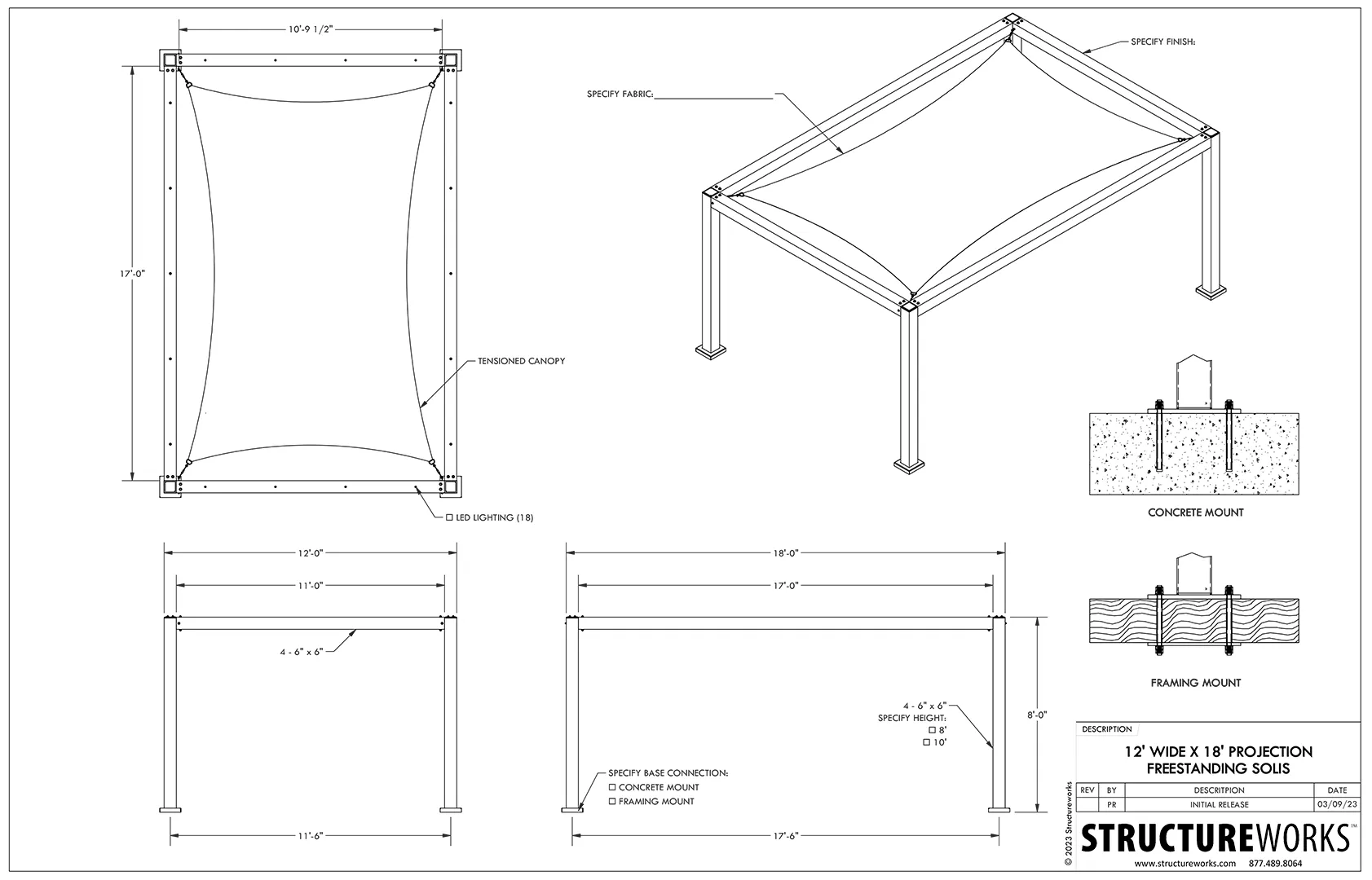About the HOA Pergola Process
It’s a familiar scene in neighborhoods across America: A homeowner stands in their backyard, envisioning a beautiful pergola that would transform their outdoor space into a perfect entertainment area. Then reality sets in as they remember the three letters that can make or break their dream project: HOA. According to recent surveys, 67% of homeowners report feeling overwhelmed by an HOA approval processes for outdoor structures, and with good reason. It’s maze of regulations, approval committees, and architectural guidelines that can seem insurmountable at first glance.
But wait… there’s good news. With proper planning and understanding, navigating HOA pergola rules doesn’t have to be a nightmare. In fact, homeowners who follow a structured approach report approval rates of over 80% on their first submission. This comprehensive guide will walk you through the process, from initial planning to final approval, ensuring your pergola project moves forward smoothly while maintaining neighborhood harmony.
Understanding the HOA Mindset
Before diving into the specifics of an HOA pergola approval, it’s crucial to understand why HOAs have such stringent requirements in the first place. Homeowners Associations exist to maintain property values and community aesthetics. When you view your pergola project through this lens, the approval process becomes more navigable.
Most HOA architectural review boards focus on three primary concerns: aesthetic consistency, structural integrity, and property values. Your pergola proposal needs to address all three aspects comprehensively. Recent studies show that well-designed outdoor living spaces can increase property values by up to 12%, a statistic that can work in your favor during the approval process.

The Pre-Planning Phase: Your Foundation for Success
The most successful HOA pergola projects begin long before the first application form is filled out. Start by becoming intimately familiar with your HOA’s Covenants, Conditions, and Restrictions (CC&Rs). These documents contain the specific guidelines that will govern your project. Pay particular attention to sections dealing with outdoor structures, height restrictions, setback requirements, and approved materials.
Take a walk through your neighborhood and document existing pergolas. These approved structures provide valuable insights into what your HOA considers acceptable. Photograph these examples, noting details like height, materials, colors, and placement. This research phase typically takes 2-3 weeks but can save months of back-and-forth during the approval process.
Designing Within the Lines: Creating an HOA-Friendly Pergola
The secret to HOA approval often lies in the details of your design. Modern pergolas have evolved significantly, with 58% of HOAs updating their architectural guidelines in the past three years to accommodate new materials and styles. When designing your pergola, consider these key elements:
Material Selection
Traditional wooden pergolas remain popular, but new weather-resistant materials like cellular PVC and powder-coated aluminum have gained acceptance in many communities. These materials offer lower maintenance requirements while maintaining a classic appearance. Research shows that 72% of HOAs now approve these alternative materials when properly finished to match community aesthetics.
Size and Scale
Your pergola should complement your home without overwhelming it. Most HOAs specify maximum height restrictions, typically ranging from 8 to 12 feet. The structure’s footprint should be proportional to your yard size, with most associations requiring significant setbacks from property lines. Professional architects recommend keeping pergola dimensions to no more than 20% of your available outdoor space.
Color and Finish
Color matching is crucial for HOA pergola approval. Your pergola should coordinate with your home’s existing color scheme, particularly the trim and roofline. Many HOAs require exact paint matches to existing home elements. When in doubt, choose neutral tones – they have a 95% approval rate across most associations.
The Application Process: Building Your Case
A successful HOA application tells a compelling story about how your pergola will enhance both your property and the community. Your application package should include:
Professional Documentation
Invest in professional drawings that show your pergola from multiple angles, including elevation views and detailed dimensions. Include a site plan that clearly shows setbacks and placement. These professional documents demonstrate serious intent and attention to detail, significantly improving your approval odds.

Material Specifications
Provide comprehensive details about every material you plan to use, from the main structure to the smallest fastener. Include manufacturer brochures, color samples, and maintenance specifications. This level of detail shows the HOA board that you’ve thoroughly considered the long-term impact of your choices.
Installation Timeline
Create a detailed project timeline that includes all phases of construction. HOAs appreciate knowing exactly how long the project will take and what measures you’ll take to minimize disruption to neighbors. Most pergola installations take 2-3 days, but allow for a week in your timeline to account for weather delays.
Managing the Approval Process
Once your application is submitted, maintain proactive communication with the HOA board. Recent data shows that 85% of HOA approval delays stem from incomplete documentation or poor communication. Create a follow-up schedule that includes:
Regular status checks every two weeks Prompt responses to any requests for additional information Documentation of all communications and responses Professional persistence without becoming adversarial
Implementation and Compliance
After receiving approval, maintain strict adherence to your submitted plans. Any deviations could result in costly modifications or removal orders. Document the installation process with photos, and keep copies of all approval documents and correspondence. These records prove invaluable if questions arise during or after construction.
Looking to the Future
Your approved pergola can serve as a template for future outdoor projects in your community. Consider sharing your successful application process with neighbors through community forums or HOA newsletters. This knowledge sharing helps build a more collaborative relationship between homeowners and HOA boards.
You Can Do It
Successfully navigating HOA pergola approval requires patience, preparation, and attention to detail. Remember that HOA requirements, while sometimes frustrating, exist to protect your property value and maintain community standards. By following this comprehensive guide, you’re well-equipped to tackle the approval process with confidence.
The effort you invest in proper planning and documentation pays dividends not just in faster approval, but in creating an outdoor structure that enhances both your property and your neighborhood. With pergola projects showing an average return on investment of 80% according to recent real estate studies, the time and effort required for proper HOA approval is well worth the investment.
Ready to begin your HOA pergola project? Start by downloading your HOA’s current architectural guidelines and creating a project timeline. Remember that thorough preparation and professional presentation are your strongest allies in achieving approval for the HOA pergola of your dreams.
